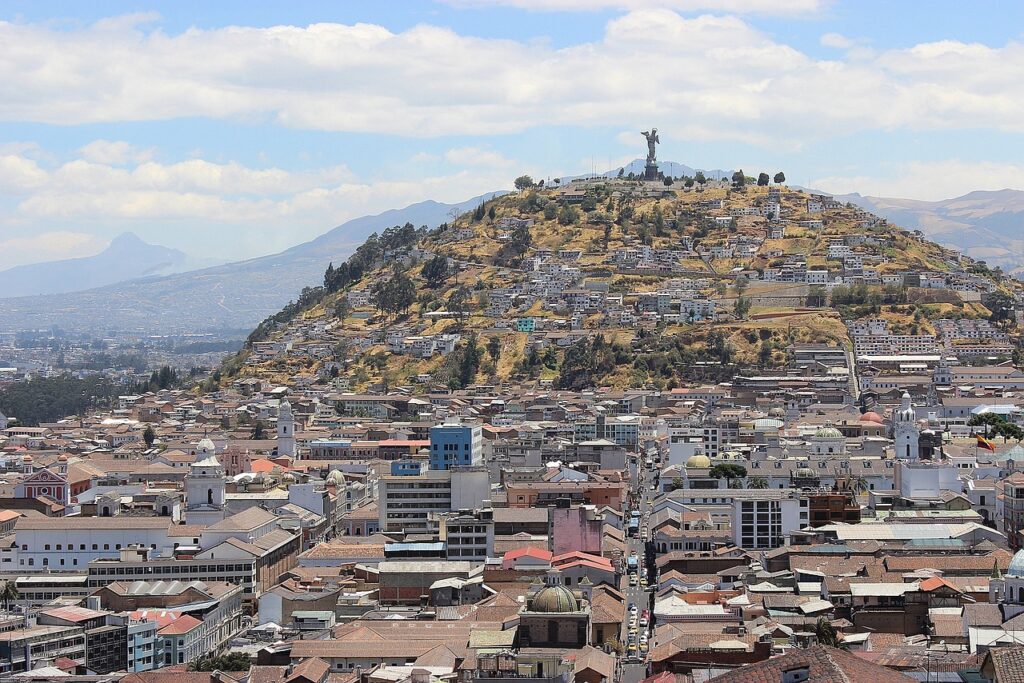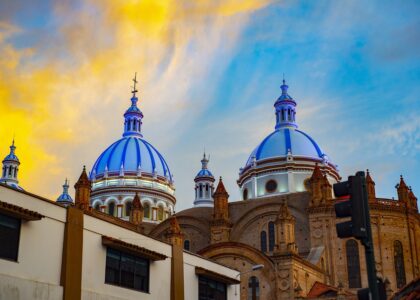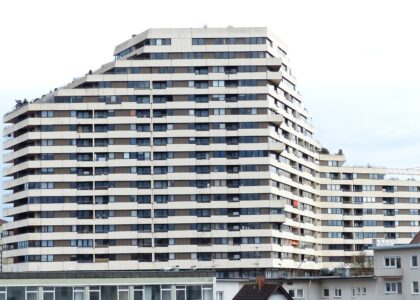Welcome to a journey through the history of architecture in Ecuador, one that takes us from ancient structures to cutting-edge designs that are reshaping the skyline of its capital, Quito. This city has become a magnet for global architectural innovation, attracting the creative minds of the world to leave their mark on its streets. Over the years, Quito has experienced a unique shift in architectural trends, evolving from traditional to modern and beyond, capturing the attention of international architects and designers. As we explore the history of architecture in Ecuador, we’ll discover how Quito has become a showcase for architectural brilliance on the global stage.
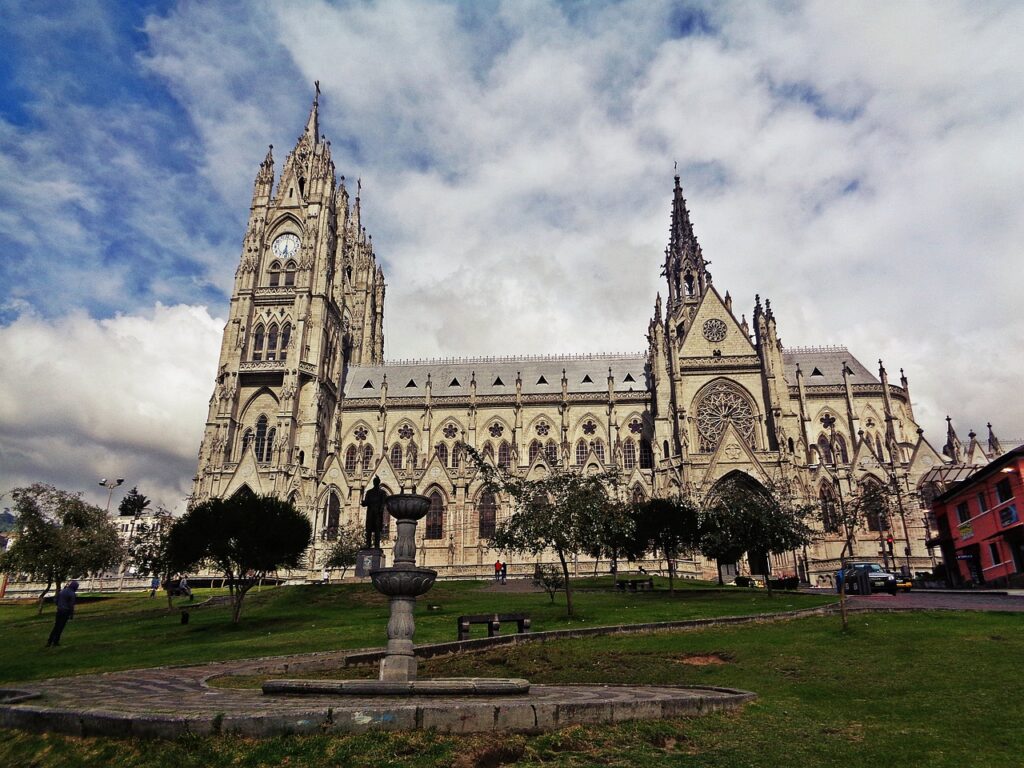
A Look into the History of Architecture in Ecuador
When you think about the history of architecture in Ecuador, especially in Quito, you’re looking at a story that spans centuries. It’s a journey that starts long before the Spanish arrived, with indigenous structures laying the first chapters of this story. Then, in colonial times, Quito began to fill up with beautiful churches and buildings. These weren’t just any buildings; they were a mix of local and Spanish styles, creating something new and beautiful.
As we moved through time, Quito didn’t just stick with the old. By the 20th century, the city started trying out modernist and brutalist styles. These were big, bold, and made a statement that Quito was ready to experiment.
But the biggest shift happened in 2013. That’s when Quito really stepped onto the world stage. It became a place where innovation in architecture wasn’t just welcomed; it was celebrated. Famous architects from around the globe started bringing their ideas to Quito, transforming the city into a hub for modern and sustainable design. Now, when we talk about the history of architecture in Ecuador, it’s not just about looking back. It’s about seeing how Quito is making history right now, blending the past with new and innovative ideas for the future.

The Contemporary History of Architecture in Ecuador
In recent years, Quito, Ecuador, has turned into a buzzing center where the world’s architectural talents converge. Since 2017, this city has been on a fast track, drawing in famous architects like Jean Nouvel, Moshe Safdie, and Carlos Zapata. Their projects have not only added to the city’s skyline but have also reshaped how we think about space and design in an urban landscape.
One project that stands out is the EPIQ tower, designed by the renowned BIG architecture firm. This isn’t just another building; it’s a bold statement on what the future of living and working in a city can look like. With its innovative design that combines modern living spaces with green areas, the EPIQ tower is a beacon of sustainable and forward-thinking architecture in Quito.
At the heart of this architectural revolution in Quito is Uribe & Schwarzkopf, a company that has been pivotal in transforming the city into a hotspot for architectural innovation. They’ve not only brought international talent to the local scene but have also shown a deep commitment to reimagining Quito’s urban environment. Through their efforts, Quito has become a canvas for experimenting with new ideas and designs, marking a significant chapter in the contemporary history of architecture in Ecuador.
This surge of international interest and local innovation highlights a vibrant period in the history of architecture in Ecuador. Quito’s skyline and streets are telling new stories, ones that blend global perspectives with local heritage, pushing the boundaries of what architecture can achieve in the 21st century.
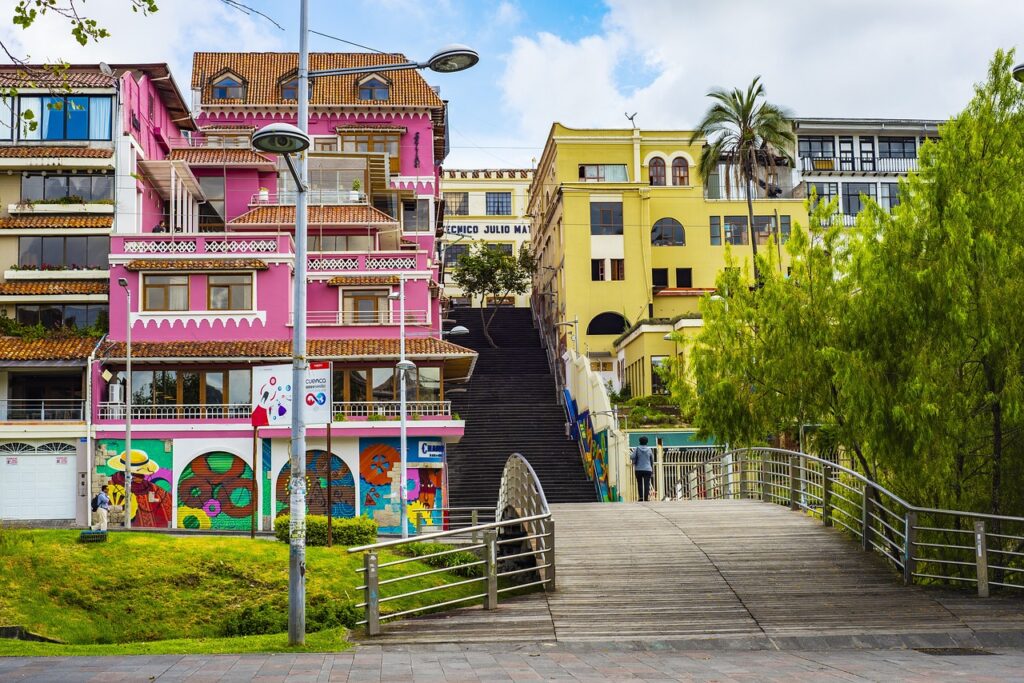
The Future of Architecture in Quito
Looking ahead, the future of architecture in Quito shines brightly with promise. The ongoing projects in the city are all about crafting a vision for tomorrow. These new additions to Quito’s landscape signal a shift towards more innovative, sustainable, and community-focused designs. This evolution in the history of architecture in Ecuador sets a distinct path compared to neighbors like Colombia, where the focus might lean more towards soaring skyscrapers. In Quito, the future seems to embrace a blend of green spaces, cultural heritage, and modern living, creating a unique architectural identity on the South American canvas.
Exploring the History of Architecture in Ecuador with the Safe Homes Movement
As we’ve explored the evolution and innovation in Quito’s architecture, it’s clear that the city is not just building structures; it’s building a future. This vision aligns beautifully with the Safe Homes Movement, which emphasizes the importance of safety, dignity, and beauty in architecture. By focusing on essential infrastructure like staircases, parks, and home renovations, the movement is making daily life safer and more dignified for families in Ecuador and Peru.
This commitment to enhancing the quality of life through thoughtful design and engineering is something we can all stand behind. Want to see how you can be a part of this inspiring journey? Download the brochure on the Safe Homes Movement to learn more about how Ecuador is pioneering the integration of safety with architectural beauty. Together, we’re not just designing buildings; we’re laying the foundations for a better tomorrow.



